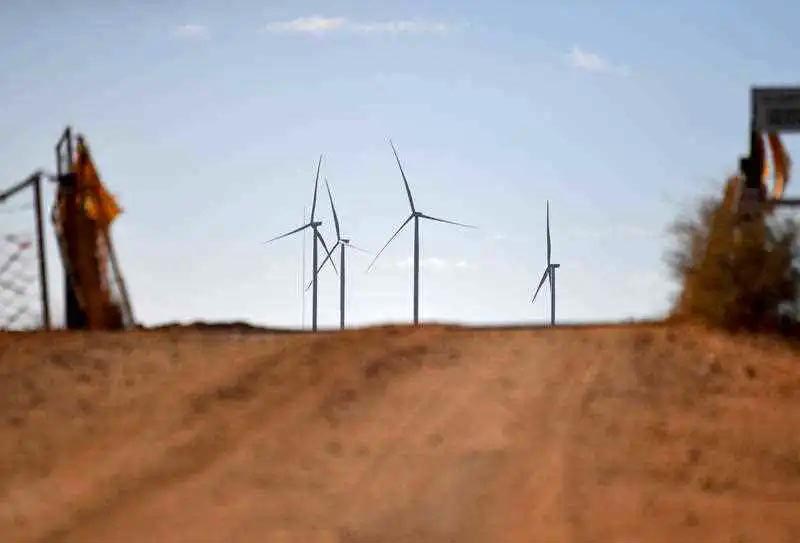|

April 3rd, 2023
By Rachel
Williamson

(AAP IMAGE/MICK TSIKAS)
A UK-based hydrogen expert says the goal of using
green hydrogen as a way of “greening” up long distance trucking makes
no sense and is “completely wrong”.
The potential uses of green hydrogen have been
hyped up by many governments and aspiring developers, and it is
considered a non-starter for passenger vehicles. But Cambridge
professor and co-founder of the Hydrogen Science Coalition, David
Cebon, says it does not stake up even for long haul trucking.
“Hydrogen trucking is really not going to happen
anywhere,” Cebon told The Driven.
“The vehicles are at least double the cost of a
battery electric vehicle and it costs three times more [in terms of
energy] to run them than an electric vehicle.”
The former Victorian says that even for remote
locations like Fitzroy Crossing, which is 400km east of Broome and
300km west of Hall’s Creek, electrification is still a better option
for heavy haulage for those prioritising where their electrons are
best spent.
“You could make it on site, but it takes three
times more electricity to make the green hydrogen you need to take a
truck one kilometre compared to driving an electric truck the same
distance,” he says.
“So if you have solar panels out in Fitzroy
Crossing you’re way better to just make the electricity instead of
converting that to hydrogen.”
The Driven comprehensively
dismantled the argument for hydrogen in passenger cars in January.
Wasting a ‘precious resource’
Cebon’s research for the InnovateUK Zero Emission
Road Freight Demonstrator (ZERFD) trial outlines the challenges he
sees in using green hydrogen for long distance land haulage, which he
calls “a scarce and precious resource” that should be quarantined for
sectors like aviation or shipping that can’t be electrified at all.
Making green hydrogen via electrolysis,
compressing and storing it, then using it in a fuel cell to make
electricity to power a vehicle has an overall efficiency of 23 per
cent, compared to 69 per cent for a pure battery vehicle, he
found, requiring three times more land area for wind or solar
farms to generate the same energy return.
His UK-based research suggests
a 1503 kWh battery can get a 44 tonne truck up to 686km.
The difficulty is that this sized battery is not
available in Australia for long distance trucking, and the current
workhorses of Australian long-distance haulage, B-Double trucks, can
on average make an 800-1200 kms trip without refuelling.
In Australia, the
largest heavy haulage vehicle battery is 1,400 kWh and is a
prototype being used by Fortescue Metals Group to power a 240 tonne
truck used on mine sites.
The battery weighs 15 tonnes, measures 3.6m long,
1.6m wide and 2.4m high, and is made up of eight sub-packs, each with
36 modules, all individually cooled and each with its own management
system.
The Volvo FH, on the other hand, has
a 300km range and a 540kWh battery. While that will get trucks
half way across Europe, in a country as vast as Australia these
vehicles will still only be useful as inter-city or port runabouts.
Green Play Ammonia™, Yielder® NFuel Energy.
Spokane, Washington. 99212
www.exactrix.com
509 995 1879 cell, Pacific.
exactrix@exactrix.com
|